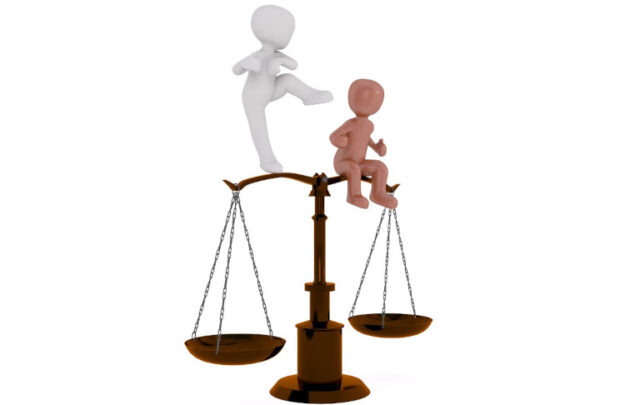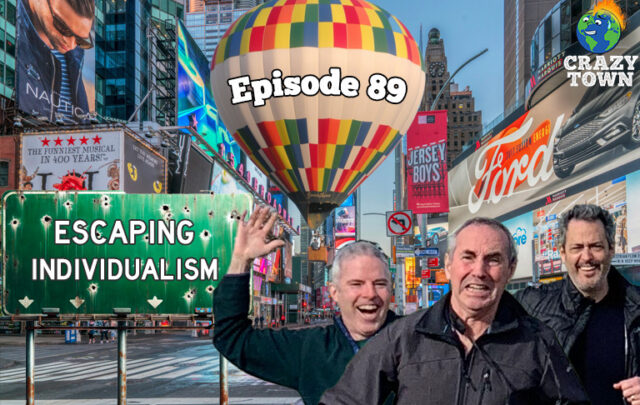Click on the headline (link) for the full text.
Many more articles are available through the Energy Bulletin homepage.
Divided we fall
Clancy Sigal, Guardian
The work of making common cause can be endlessly frustrating, but I’ve seen enough of the alternative to know it’s unthinkable
—
Digging into the rubble of bombed-out Frankfurt-am-Main after the second world war, I stumbled on two human skeletons who were among the last living survivors of the Hitler regime’s anti-Nazi political parties. They were old, semi-starving men, working deliberately apart from each other in the corpse-smelling basement of a ruined apartment house, each of them kept alive by a fierce will to revive what had been, respectively, the Weimar Republic’s mass socialist (SPD) and communist (KPD) movements. Catastrophically, their parties had refused to unite against Hitler, and both men had spent the Nazi years in Sachsenhausen concentration camp.
I had to speak separately to each man, in my broken “Blitz German”, because despite all they had suffered, they still would not speak to each other, blaming the other’s organisation for pre-war errors and betrayals. It was amazing to me, as a fresh-faced young GI, how old quarrels could be kept venomous for so long, at such a human cost.
Afterwards, as a spectator at the Nuremberg war crimes trial, locking eyes with Hitler’s henchman Herman Göring in a staring contest (he won), I wondered: if you don’t want the worst, maybe you had better learn to work with the least worst.
That’s “coalition politics”, the vehicle I was raised in during the era of Franklin and Eleanor Roosevelt. What remains today of the New Deal’s welfare state – a total good, for me and my family – was rammed through by a Democratic party (with plenty of Republican sympathisers) composed of crooked big-city bosses, southern racists, small-town bigots, rightwing Catholics, blacks, Jews, progressives of all types, enlightened (or scared) capitalists and so on.
Saul Alinsky, America’s most effective and successful neighbourhood organiser, called it “harmony of dissonance”.
… Alinsky’s first principle was: you appeal to people’s self-interest not their altruism. His second and final principle: holier-than-thou rigid dogma is a loser.
(18 September 2011)
Gender and the city (“Peak Male”)
Elizabeth Farrelly, Sydney Morning Herald
Alliances between urbanism, feminism and the new connectivity may spell the end of a man’s world.
—
…. History may show that the global financial crisis, climate change and associated social unrest are the last gasps of individualism. The pain of these events may prove to be the birthing of their remedy, the New Connectivity (just as the horrors of World War I pushed modern abstraction and suburbia into existence).
If so, this shift may be allied to a parallel shift in gender dominance; a replacement of the aggressive, individualist male paradigm with female principles of networking, connectivity and relationship. A replacement of thrust, you might say, by chatter. An emergence.
Let’s say, for the sake of argument, that it’s true. That the 20th century represented the apotheosis of ”male” values such as speed, aggression, individualism, silo thinking and what you might call thrust, manifesting in cities of high-rise cores, an ”incontinent puddle” of freestanding houses and a spaghetti of motorways.
And say we’ve passed ”peak male”, just as we’re said to have passed peak oil, peak water and peak food. Assume also that Camille Paglia’s immortal quip that if women ran the world we’d still be living in grass huts is something of a caricature. What, then, might 21st or 22nd century cities look like, formed according to the more collective, collaborative values of the female hive mind?
(17 September 2011)
What is resilience?
Eric Garza, Path 2 Resilience
Hurricane Irene could well go down in history as the weather event that woke up the sleepy Green Mountain State of Vermont. It’s certainly the weather event that forced Vermonters to recognize the value of community and humility, both in their interactions with other people and in their interactions with Mother Nature. This was a big wake-up call. It will be weeks, months and even years before Irene’s true economic, emotional and political consequences will be evident.
This makes for the perfect segue into a post on resilience. In an earlier post I defined resilience, but I’ll do it here a bit more formally:
Resilience [re – sil – yens] n. the capacity to adapt to or recover from change
Resilience is the perfect term to investigate as the Green Mountain State starts the long process of putting itself back together. The state is riddled with damaged and even annihilated roads, homes and buildings, and scores of people and communities that, as of the moment, have lost their connection to the outside world for want of passable roads or electricity. How quickly can these people, communities and the state recover from the sudden, unexpected devastation left in the wake of Irene? Are there things that these people could have done that would have made it easier for them to adapt to and recover from the changes?
I argue that indeed there are things they could have done, but I won’t dwell on them here. I intend to use a long series of future posts to explore the notion of Planning for Resilience and relating this idea to our energy, economic and environmental troubles, so it is through these future posts that I’ll delve into the specifics of what people can do or could have done to offer themselves a greater capacity to recover and adapt. For now I’d like to lay a foundation to support these future discussions by exploring the relationship between resilience and another topic I brought up in an earlier post, connection.
… In another earlier post I articulated that the fundamental problem in most modern societies is that they’ve succumbed to a pervasive separation. This separation has profound impacts on individuals, on communities of individuals, and on the landscapes in which these individuals and communities dwell. It also has a profound impact on our relationships with our ancestors, and to future generations. To come to an understanding of how enhancing connection in these areas can enhance resilience, we’ll need to look at each area more in-depth. Of course I’m about to make some sweeping generalizations, but I think the generations are accurate enough that the story they tell is a useful one, and hopefully an inspiring one as well.
In many societies, individuals have lost touch with themselves. They can’t always access and articulate their feelings and needs, and have lost the ability to make clear, compassionate requests of themselves and each another. Individuals have also lost their capacity to reflect critically on their past, and have therefore lost the ability to bring past wounds and the lingering pain of unmet needs to the surface so that these wounds and pain can heal. These lingering wounds, perpetual inability to access feelings and needs, and their inability to communicate compassionately with other people creates an enormous psychological burden, one that contributes not only to psychological maladies that affect the individual but also to psychosocial maladies that affect the communities in which these individuals live and the political and economic institutions they support.
(5 September 2011)
Suggested by Paul Heft of Transition Palo Alto.
Can We Increase Gross National Happiness?
Peter Singer, Project Syndicate
The small Himalayan kingdom of Bhutan is known internationally for two things: high visa fees, which reduce the influx of tourists, and its policy of promoting “gross national happiness” instead of economic growth. The two are related: more tourists might boost the economy, but they would damage Bhutan’s environment and culture, and so reduce happiness in the long run.
When I first heard of Bhutan’s goal of maximizing its people’s happiness, I wondered if it really meant anything in practice, or was just another political slogan. Last month, when I was in the capital, Thimphu, to speak at a conference on “Economic Development and Happiness,” organized by Prime Minister Jigme Y. Thinley and co-hosted by Jeffrey Sachs, Director of The Earth Institute at Columbia University and Special Adviser to United Nations Secretary-General Ban Ki-moon, I learned that it is much more than a slogan.
Never before have I been at a conference that was taken so seriously by a national government. I had expected Thinley to open the conference with a formal welcome, and then return to his office. Instead, his address was a thoughtful review of the key issues involved in promoting happiness as a national policy. He then stayed at the conference for the entire two and a half days, and made pertinent contributions to our discussions. At most sessions, several cabinet ministers were also present.
(13 September 2011)





